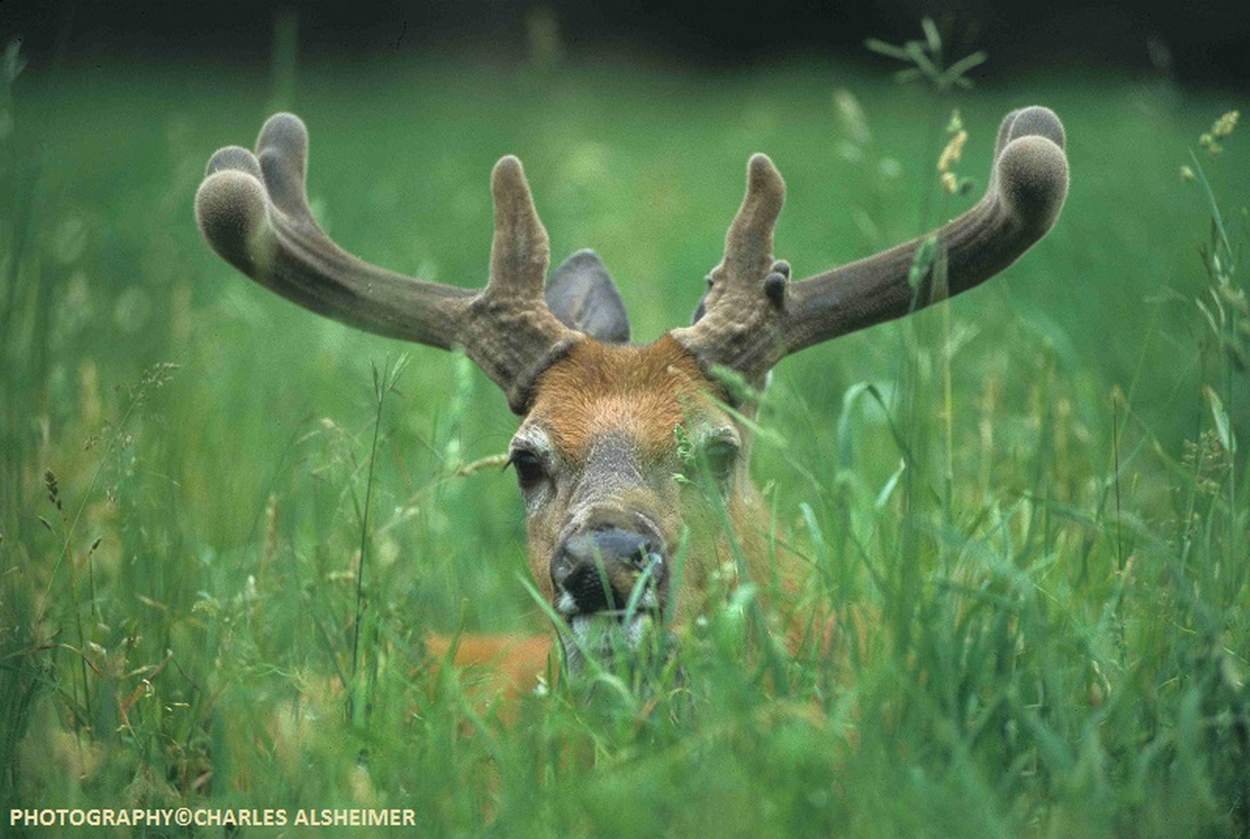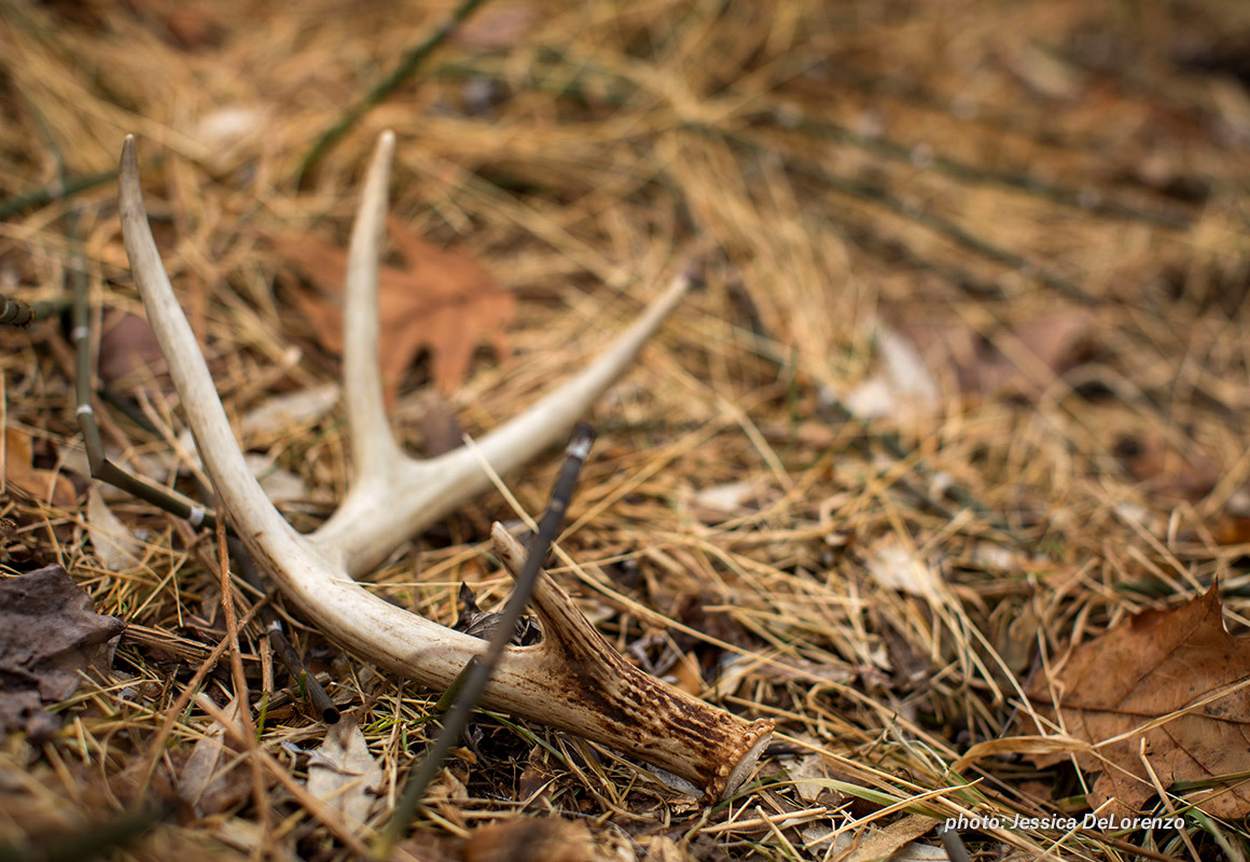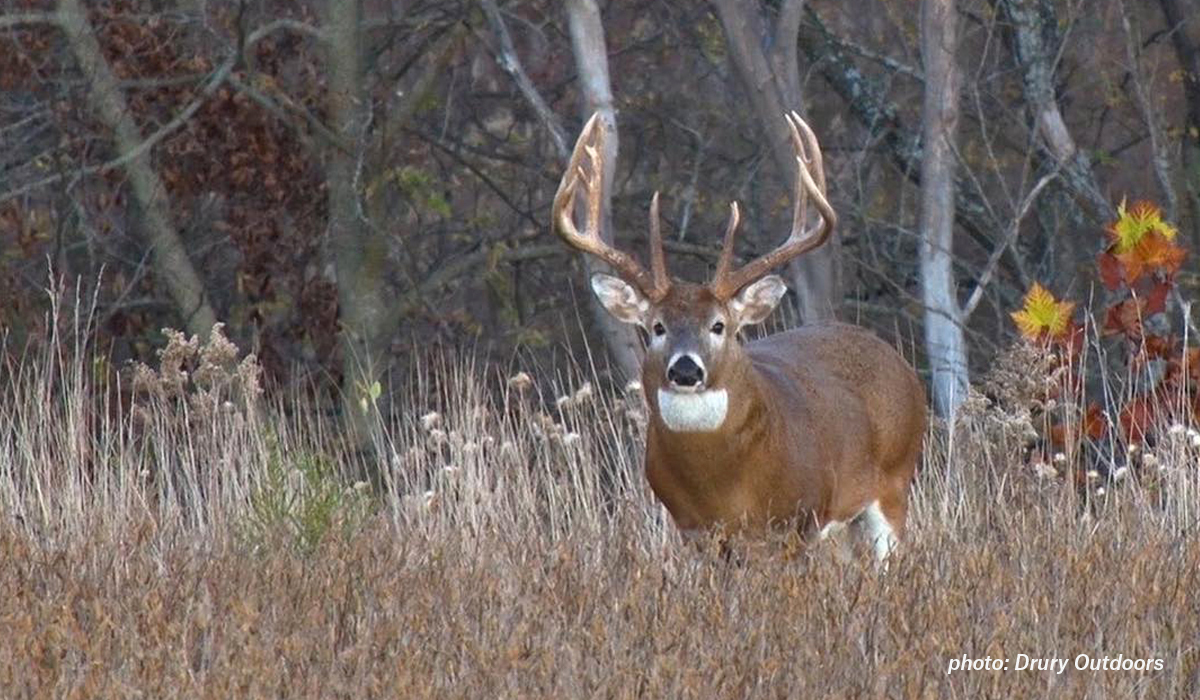White-tailed Deer Antlers
Whitetail antlers are an amazing example of nature’s wonderful, yet functional, work. It’s amazing how fast buck deer grow these strong structures atop their head each and every year. Deer antlers range from tiny sharp spikes to amazing typical and non-typical racks.
Antlers develop into every size and shape although most whitetail bucks grow typical antlers . Antler size, growth and irregularities are often misunderstood by many deer hunters. A great deal of misinformation has been passed down over the years. One major misnomer that is commonly made by both hunters and non-hunters who don’t realize that antlers are not horns, and horns are not antlers.

Antlers are Bone
In Fact, a buck’s antlers are made of dead bone and are yearly growths that begin growing from a pair of pedicles on the buck’s head. Antler growth using kicks off in late winter to early spring depending on the age and physical condition of an individual buck. Antlers reach full growth in late summer usually October.
A whitetail bucks antlers are normally branched, except for spikes, and maturity, good nutrition, lack of stress and genetics determine antler size and formation. Bucks tend to develop larger antlers each successive year, with most never reaching their genetic potential; because they don’t live long enough. Most bucks reach peak antler growth at 6-8 years of age.

Bucks Only?
Generally, only male white-tailed deer grow antlers, but one doe out of several thousand females will grow antlers because of a hormone imbalance. So, it is possible for doe deer to grow antlers.
If you are a hunter that happens to have harvested such an animal then make sure you use a buck tag off of your hunting license to tag your deer. Most states in the U.S. define bucks as deer having antlers, while “doe” tags are for “ant;erless” deer, which also includes buck fawns (because they do not have hardened antlers). Confused yet?

More on Horns
Horns, rather than antlers, are living bone that is covered with hard layers of skin. They are typically unbranched and permanently established on the animal’s head. Wild sheep, for example, continue to grow horns throughout their lives. Horns also are found on bison, cows and goats in North America.
White-tailed deer have antlers they shed and grow each year. So the next time someone refers to a white-tailed buck’s antlers as horns, just smile — because you know better.